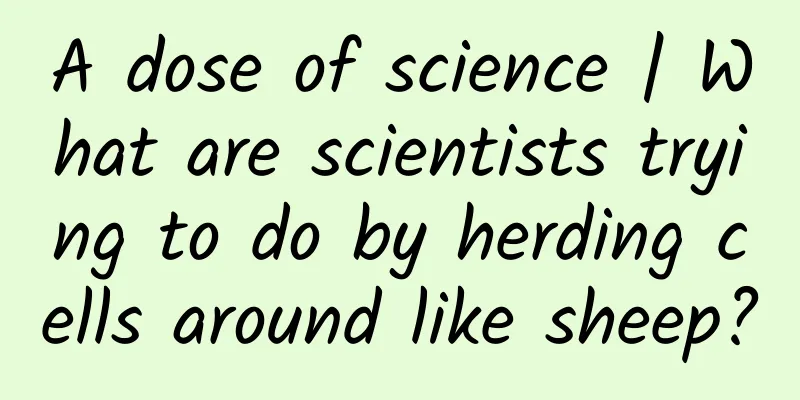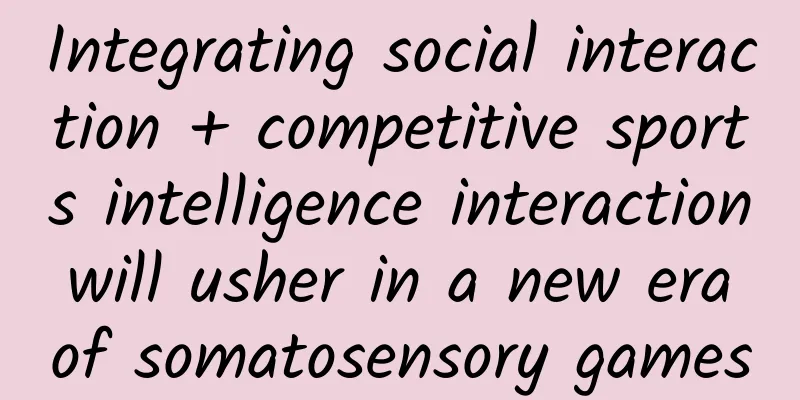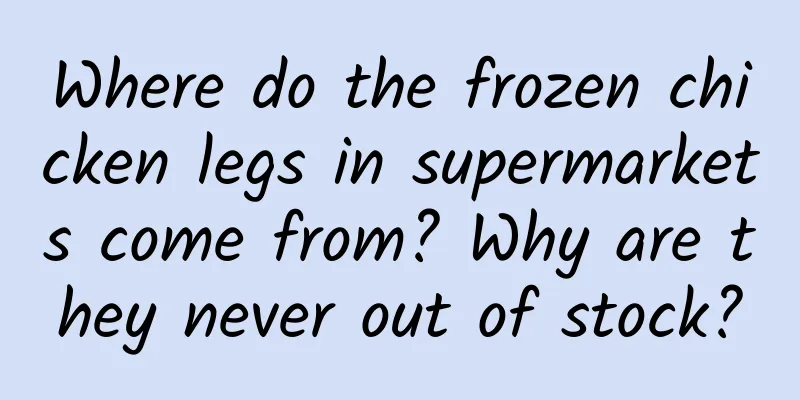A dose of science | What are scientists trying to do by herding cells around like sheep?

|
Princeton researchers have created a device that uses electric fields to make cells move in groups, like sheep. This time-lapse video shows a layer of cells undergoing a 90-degree rotation over an eight-hour period of observation under a microscope. 01: Train a Shepherd Dog Scientists have long known that naturally occurring electrochemical signals in the body can influence cell migration, growth and development - a phenomenon known as electrotaxis. These behaviors are not as well understood as chemotaxis, which is the response to differences in cellular chemical concentrations. The main obstacle has been the lack of practical tools to rigorously examine how cells respond to electric fields. A new system assembled from inexpensive and readily available parts allows researchers to manipulate and measure the movement of cultured cells in a reliable and reproducible way. In a paper published last year in Cell Systems, the Princeton team described the assembly and preliminary studies using the device, which they called the SCHEEPDOG apparatus. Lead author Tom Zaidel, a postdoctoral researcher, said previous systems used to study cellular responses to electric fields "were either custom-made and hand-made, with reproducibility issues, or required equipment fabrication, making them expensive and inaccessible to many labs. We wanted to use rapid prototyping methods to make a well-defined device that could be clipped onto a culture dish." The SCHEEPDOG device contains two pairs of electrodes for generating electric fields along the horizontal and vertical axes, with voltage levels close to those of a common AA battery. There is evidence that reversing the direction of natural electric fields can inhibit wound healing in animal models, while amplifying existing electric fields may improve healing. “There’s still a lot of unknown territory for us to explore at the level of individual cells, but the beauty of group dynamics is that even if you don’t know everything about the individuals, you can still design behaviors at the group level to achieve practical outcomes.” This time-lapse video shows programmed circular maneuvers in a layer of cells over an eight-hour period. Left: Microscope image of the cells; middle: their movement trajectories; right: changes in the direction of the electric field "What the cells sense is a virtual angle, which allows us to program any complex movement, like a full circle," Cohen said. "That's really amazing — it's an amazing level of control that we didn't expect to be possible, especially with thousands of neighboring cells doing these actions on command." Michael Levine, director of the Center for Regenerative and Developmental Biology at Tufts University, said the study "adds to the knowledge of how cells respond to bioelectric aspects of their environment, and it demonstrates a technique to address not only the activity of individual cells in response to bioelectric signals, but also the collective behavior of cells, which is critical to understanding how physical forces exert the synergistic effects we see in embryogenesis, regeneration, and cancer." Cell → sheep, electric field device SCHEEPDOG → sheepdog, scientist → shepherd With SCHEEPDOG, the team is expanding their research to different cell types and environments. Graduate student Gawoon Shim is studying how different levels of cell adhesion affect directional cell migration, providing a theoretical basis for regenerating skin, blood vessels and nerve cells in damaged tissues. "This is the first step for any healing and regeneration we might need" in a variety of clinical contexts, said Shim, co-lead author of the study. "We're learning how to direct the cells to where we need them, and then we can figure out what to do with them afterward." 02: Untie the leash What happens at the cellular level when wounds heal in real life In previous preliminary studies, they found that using mature skin cells, rather than moving with the speed and precision of a marching band in response to an electrical current, they moved slowly, like a group of people holding hands with their neighbors. Mature skin also presents another problem: Once the leading edge of a cell advances, it peels away from the dish and dies. "If you apply commands that are different from what the cell naturally 'wants' to do, you get into a tug-of-war," Cohen says. "The result is that the tissue tears itself apart." Cohen and Shim suspected that "handshakes" between cells prevented the tissue from following electrical commands smoothly. These handshakes are proteins called cadherins that hold neighboring cells together. They make the tissue cohesive so they can move together, but they also cause traffic jams when cells don't have room to move. Cadherins need calcium ions to complete their connections, so Shim cultured cells with varying amounts of calcium and measured their responses to electrical stimulation. She found that the less calcium in the cells, the more fluid they had and the faster they moved. "It went really fast—I was very surprised," Shim said. After identifying the basic rules of cell adhesion, the researchers developed a way to fix the problem. Shim grew a layer of skin cells in a high calcium solution so they established normal connections. She then treated the cells with a chemical that pulls in calcium ions to break the cell handshake. When Shim lowered the calcium levels and applied an electric field, the cells moved as instructed. Finally, she restored high calcium levels to restore the handshake, resulting in a healthy and cohesive layer of skin cells. 03: Let them eat grass Improved cell migration activity “This elegant and exciting study from the Cohen lab yields an intuitive but previously unknown lesson: cells migrating collectively are more likely to follow directional cues if their mutual cohesion is weak,” said Alex Mogilner, professor of mathematics and biology at New York University. “This paper is not only fundamental science, but has profound biomedical implications… We are not only asking how cells do this, we are asking how we can manipulate cells and make them do it better.” Next, Shim and Cohen plan to move from their 2D models to 3D models. For example, human skin is made up of different tissues, much like a piece of cake. Depending on how well these techniques work in 3D skin models, the results could indicate whether the same approach works in actual wounds. Many tissues use cadherin handshakes to stick cells together, but there are other ways for tissues to stay connected. This work could be used not only to help wounds heal faster, but also to fine-tune the healing process to prevent tightness and reduce scarring. "We started using this warm and fuzzy approach to designing group behavior, letting us see what the organization wanted to do and coordinate with it. It turns out it's ridiculously easy," Cohen said. "Sometimes the cells don't want to listen to you. And sometimes you just need to bend the rules a little bit." References: [1] Shim G, Devenport D, Cohen D J. Overriding native cell coordination enhances external programming of collective cell migration[J]. Proceedings of the National Academy of Sciences, 2021, 118(29). Layout: Original Energy Cell-EAIS Compiled by: Original Energy Cell-EAIS Producer: Julie from Primal Cell |
<<: The largest comet ever is heading toward the solar system! Will it hit the Earth?
Recommend
Heavy rains hit South China, and the fourth-level emergency response for flood control was launched! How to prevent floods scientifically?
The reporter learned from the Ministry of Emergen...
How much does it cost to develop your own app? WeChat Mini Program Development Solution
The arrival of mini programs , a new portal on th...
Cool Facts | What determines the thickness of poop?
Appendix: 1. What is a healthy bowel movement? Wh...
New ways to play Douyin live broadcast in the food industry in 2022
In recent years, the number of Douyin users has c...
Can bamboo be used to build houses and highways? What high-tech is hidden in bamboo steel technology?
Do you believe that bamboo can be used instead of...
Huawei collects 5G patent fees, but is actually being forced into a corner
Ding Jianxin, director of Huawei's Intellectu...
All questions about airplanes are answered at once, so you can show off your knowledge next time you take a plane
Why are airplanes afraid of birds? Does a plane m...
Are all viruses harmful and have no benefits?
When it comes to viruses, what do you think of? S...
Million-dollar anchor operation employment class
Newcomer's debut, complete program for amateu...
Give your ears a soothing massage, Sony NW-A105 goes straight to the depths of your soul
Listening to music has always been one of the imp...
Eating colleagues with big mouths? Pelican, why do you stuff everything into your mouth?
Recently, a pelican in a theme park in Xi'an ...
Application and expansion of MVP model in Ctrip Hotels
Preface The hotel business department is one of C...
Special: 30 pictures, farewell to 2023
This article was created by Planning | Ren Bingxu...
The trouble behind the popularity of voice search: Google is having trouble monetizing
Foreign media TheStreet wrote that Google has a d...
Be careful if you have these items at home! They can cause serious injuries!
Source: Dr. Curious...









